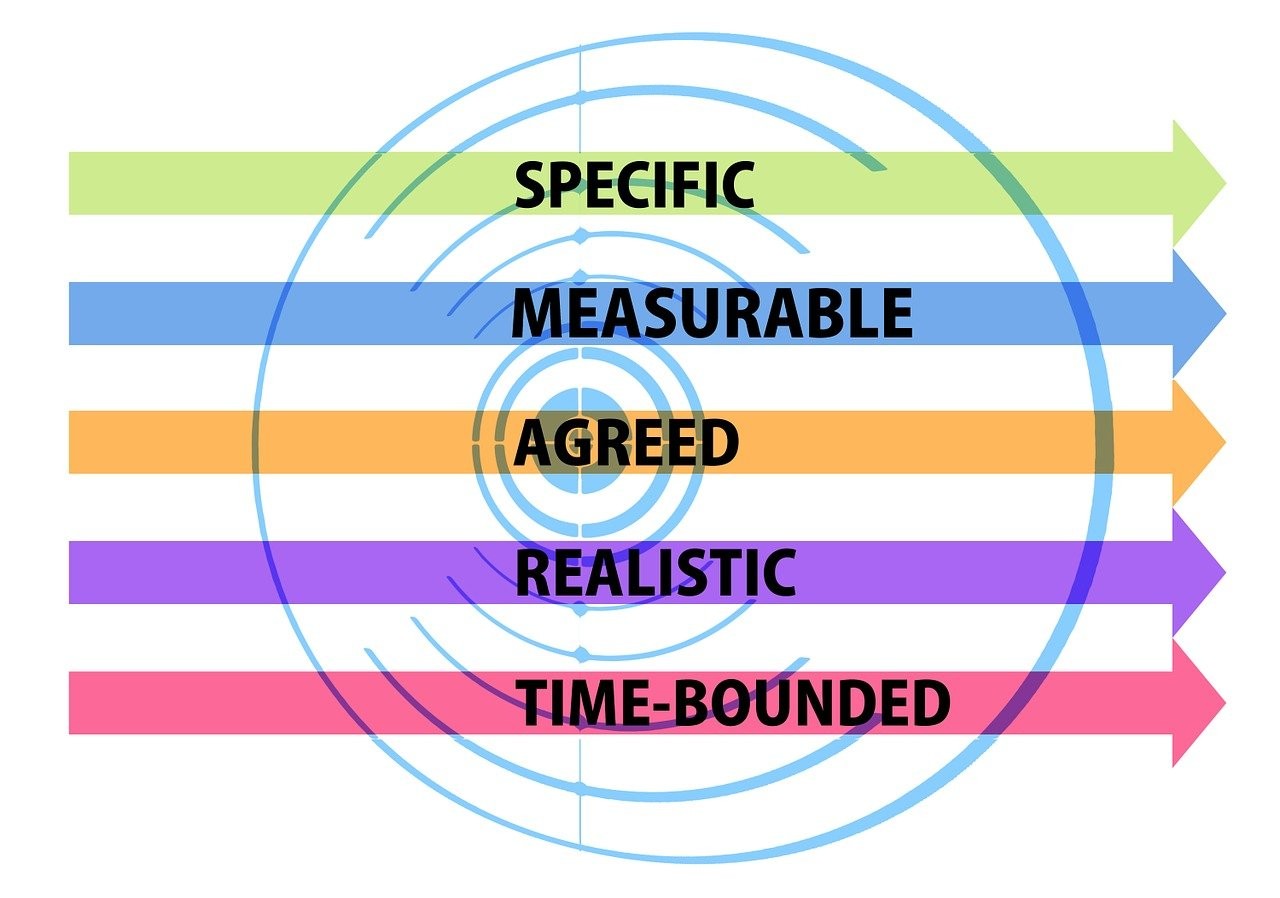
August 2, 2023, 10:56 am
Goal-setting is a fundamental aspect of dental practice management. Clear, well-defined goals provide a roadmap for success and help dental professionals achieve desired outcomes. In today's data-driven world, setting goals with the power of data takes practice management to a whole new level. By harnessing the insights provided by data analysis, dental practices can set smarter, more informed goals that lead to improved patient care, enhanced efficiency, and sustainable growth.
Analyzing Key Performance Indicators (KPIs):
Before setting goals, it's essential to identify and analyze key performance indicators (KPIs) that align with the practice's objectives. These KPIs could include patient retention rates, treatment acceptance rates, appointment wait times, or revenue growth. By analyzing these metrics, dental professionals can identify areas for improvement and set goals based on tangible data.
Defining Specific and Measurable Goals:
Data-driven goal-setting requires clear and specific objectives that can be measured objectively. For instance, a goal could be to increase patient retention by 15% over the next six months. Measurable goals allow for progress tracking and help determine the success of implemented strategies.
Identifying Growth Opportunities:
Data analysis offers insights into untapped growth opportunities for dental practices. By studying patient demographics, referral sources, and treatment preferences, dental professionals can identify areas for expansion and set goals to target specific patient groups or services.
Optimizing Operational Efficiency:
Data analysis reveals inefficiencies in practice operations. By identifying bottlenecks and areas of waste, dental practices can set goals to optimize workflows, reduce waiting times, and enhance overall efficiency, leading to a more streamlined patient experience.
Enhancing Patient Satisfaction:
Data-driven goal-setting focuses on enhancing patient satisfaction by leveraging feedback and reviews. Goals could revolve around improving NPS (Net Promoter Score) or achieving a higher patient satisfaction rating through targeted improvements in patient communication and experience.
Establishing Realistic Timeframes:
Setting goals with data requires careful consideration of realistic timeframes for achievement. Analyzing historical data and current trends can help set attainable deadlines that account for external factors and potential challenges.
Evaluating Progress Regularly:
Data-driven goal-setting involves continuous evaluation of progress. Regularly analyzing data and comparing it against established benchmarks allows dental practices to make adjustments to strategies and ensure they stay on track towards achieving their goals.
Identifying Potential Barriers:
Data analysis also highlights potential barriers to goal achievement. Identifying these barriers upfront allows dental professionals to devise strategies to overcome them and set more effective, achievable goals.
Staying Agile and Adaptable:
Data-driven goal-setting requires dental practices to stay agile and adaptable. As new data becomes available or circumstances change, practices must be willing to adjust their goals and strategies accordingly.
Celebrating Successes:
Lastly, celebrate successes achieved through data-driven goal-setting. Recognize and acknowledge milestones reached and the positive impact on patient care and practice growth. Celebrations boost team morale and motivate continued dedication to data-driven practices.
Setting smarter goals with the power of data is an invaluable asset in dental practice management. By analyzing KPIs, defining specific objectives, and leveraging data insights, dental practices can set realistic, measurable goals that lead to improved patient care, operational efficiency, and growth. Regular evaluation, staying adaptable, and celebrating successes reinforce the importance of data-driven decision-making. Embrace the power of data to elevate your dental practice management strategies, and watch as your practice flourishes, delivering exceptional patient experiences and achieving long-term success in the dynamic healthcare landscape. With data as your guiding compass, the path to success becomes clearer, and the possibilities for your dental practice are boundless.
